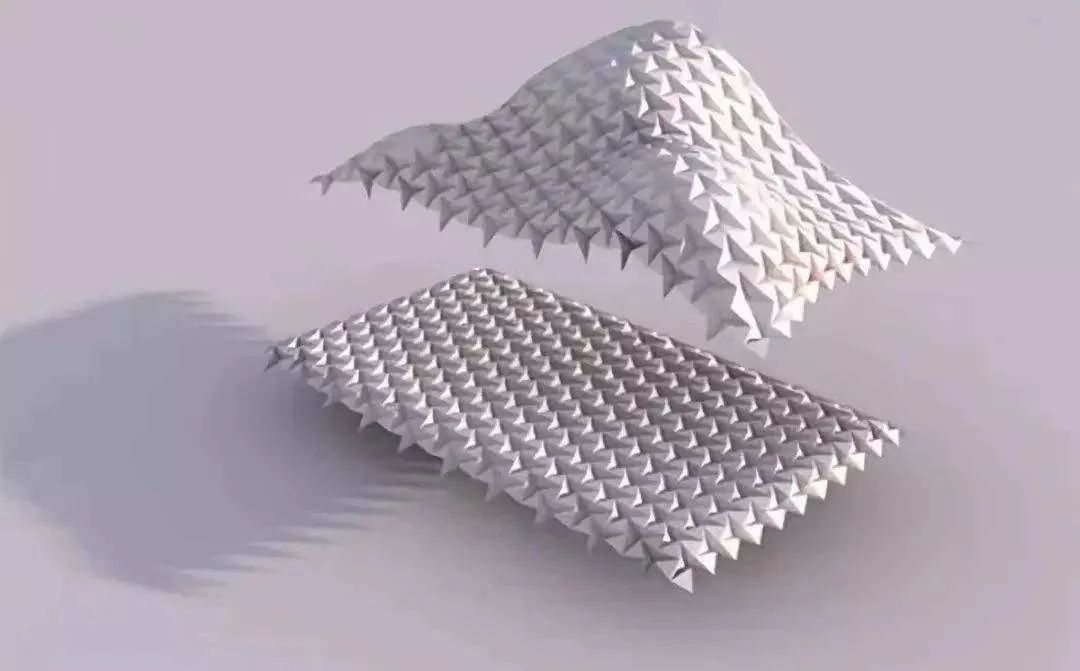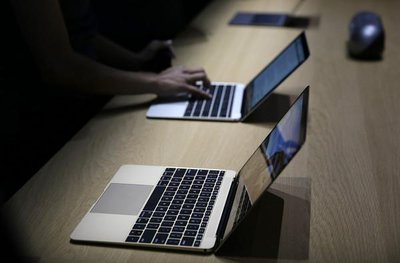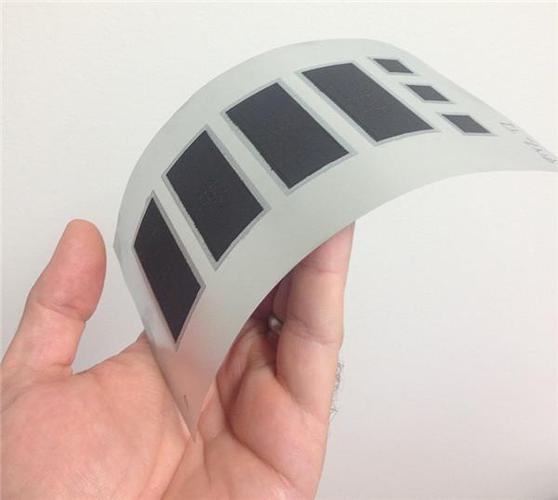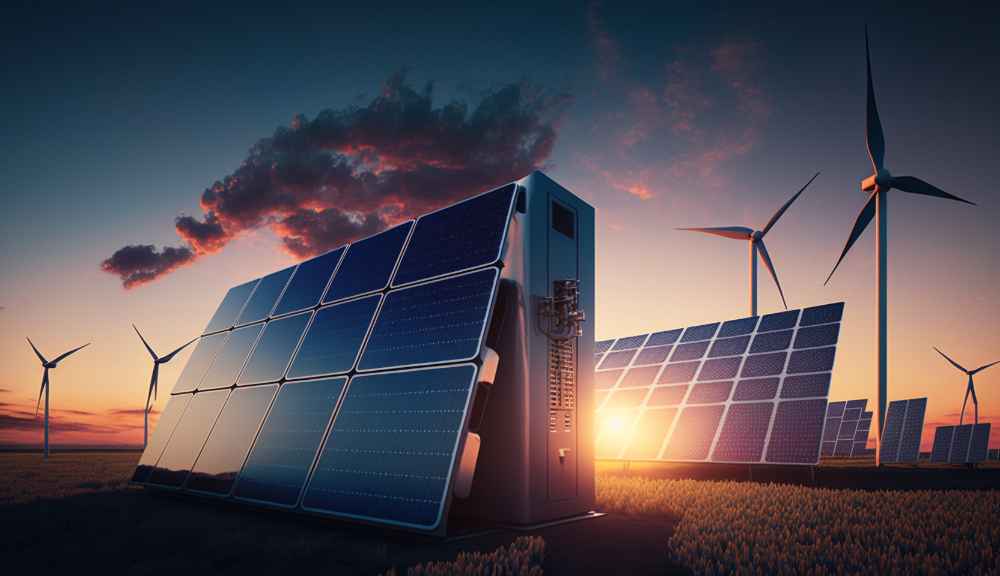Have you ever thought that one day we could print living organs and tissues just like photos? It sounds like something out of a sci-fi movie, but it's not far away. Welcome to the wonderful world of bioprinting!
Bioprinting is like using a high-tech "printer" to assemble body parts. This "printer" is not an ordinary inkjet printer, but a 3D printer that produces living cells. It uses bio-ink - an "ink" made up of cells and nutrients - to "print" tissues and organs layer by layer, just like we do. It uses bioink - an "ink" of cells and nutrients - to "print" tissues and organs layer by layer, just as we use Legos to build various shapes piece by piece.
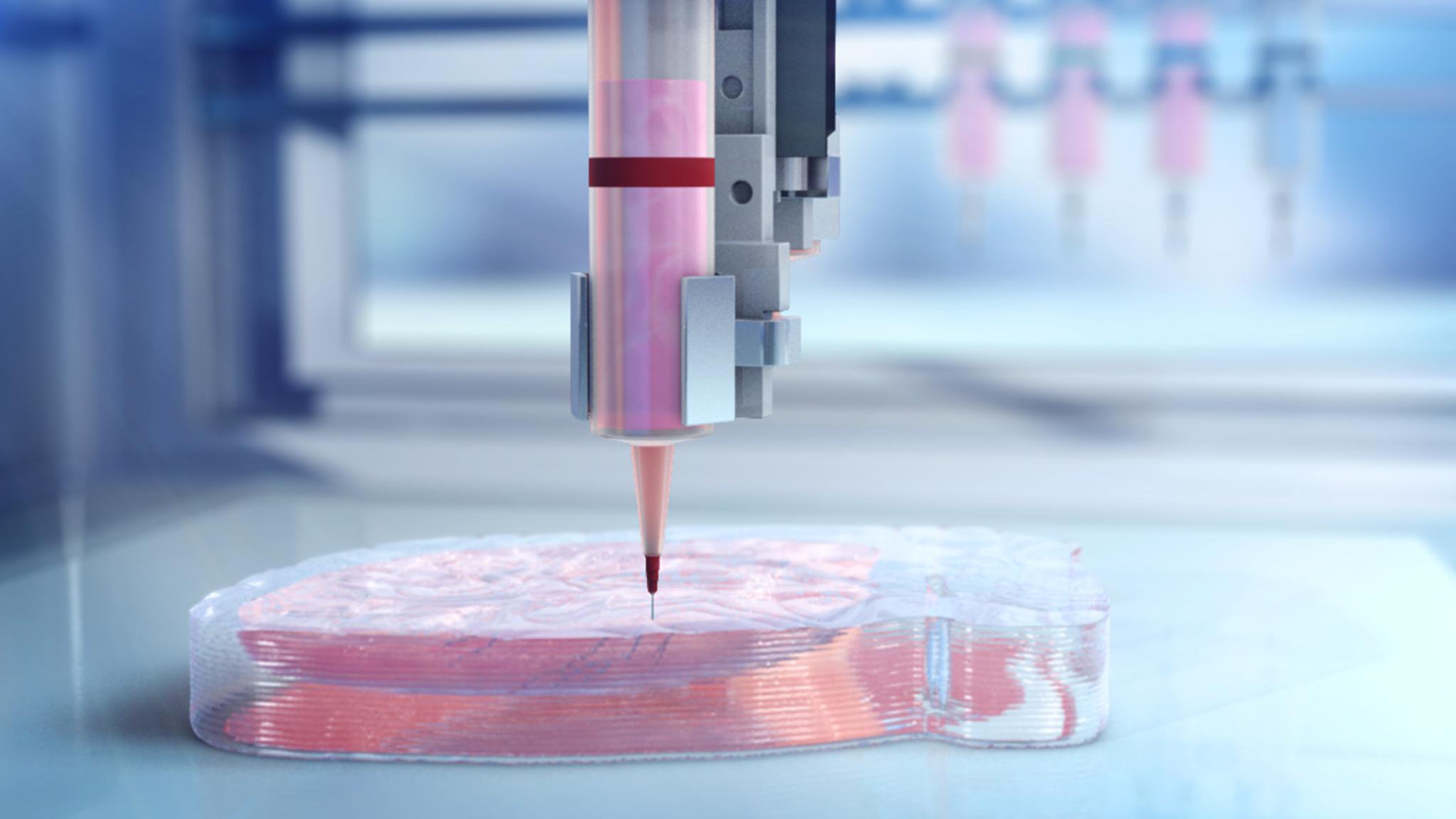
The principle of bioprinting is not complicated. First, scientists design a model of the tissue or organ to be printed, much like we use software to design blueprints for a Lego castle. Then, these blueprints are sent to the bioprinter, which will "spray" bio-ink according to the blueprints layer by layer, gradually forming the tissues or organs we need. After printing, these "Lego blocks" will grow and develop in a specific environment, and eventually become usable biological tissues.
Remember the pain you felt as a child when you fell and scraped your skin? Bioprinting can be used to print skin to help burn victims or people with serious injuries repair their skin. It's like putting a customized Band-Aid on an injury, and it's a living skin Band-Aid. Fractures are usually immobilized in a cast, but sometimes the damage to the bone is so severe that a more complex repair is needed. Bioprinting allows for the printing of bones that are an exact match to the injured bone, allowing broken bones to be quickly restored to health. It's like perfectly piecing together a missing piece with Legos that fit perfectly, without a hitch.

Organ transplants have always been a big problem, and patients waiting for organ transplants often take a long time to get the right organ. Bioprinting is expected to print complex organs such as livers and kidneys, providing new hope for these patients. It's like we no longer have to wait for someone to bring us Legos, but can print all the parts we need ourselves and assemble a brand new piece anytime, anywhere. Of course, bioprinting currently faces many challenges. For example, how to make the printed cells work together properly, and how to ensure that the printed organs and tissues can survive for a long time and function properly in the human body. These problems are like when we are building a Lego castle, how to make all the blocks solidly connected and not fall apart at the slightest touch.
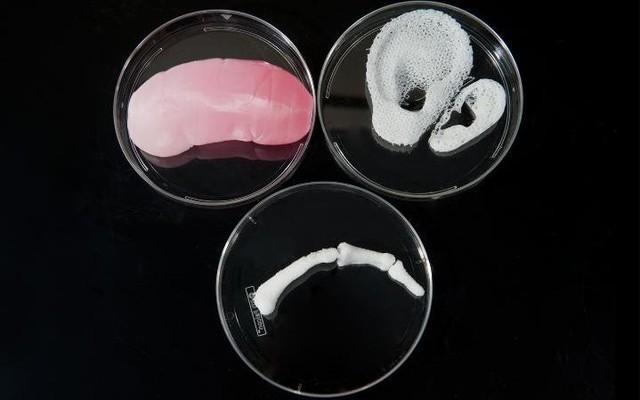
Although bioprinting is still evolving and improving, its future is undoubtedly promising. One day we will be able to print the body parts and organs we need, just like printing documents, to solve countless medical challenges. This will revolutionize the medical field and make our lives healthier and more convenient.
Bioprinting is not only a high technology, it is also a medical revolution. Just like Legos bring us endless creativity and fun, bioprinting is opening up a whole new era of medicine. Let's look forward to the progress of this technology together, and look forward to a day in the future when we can easily print the body parts we need for a better life.

